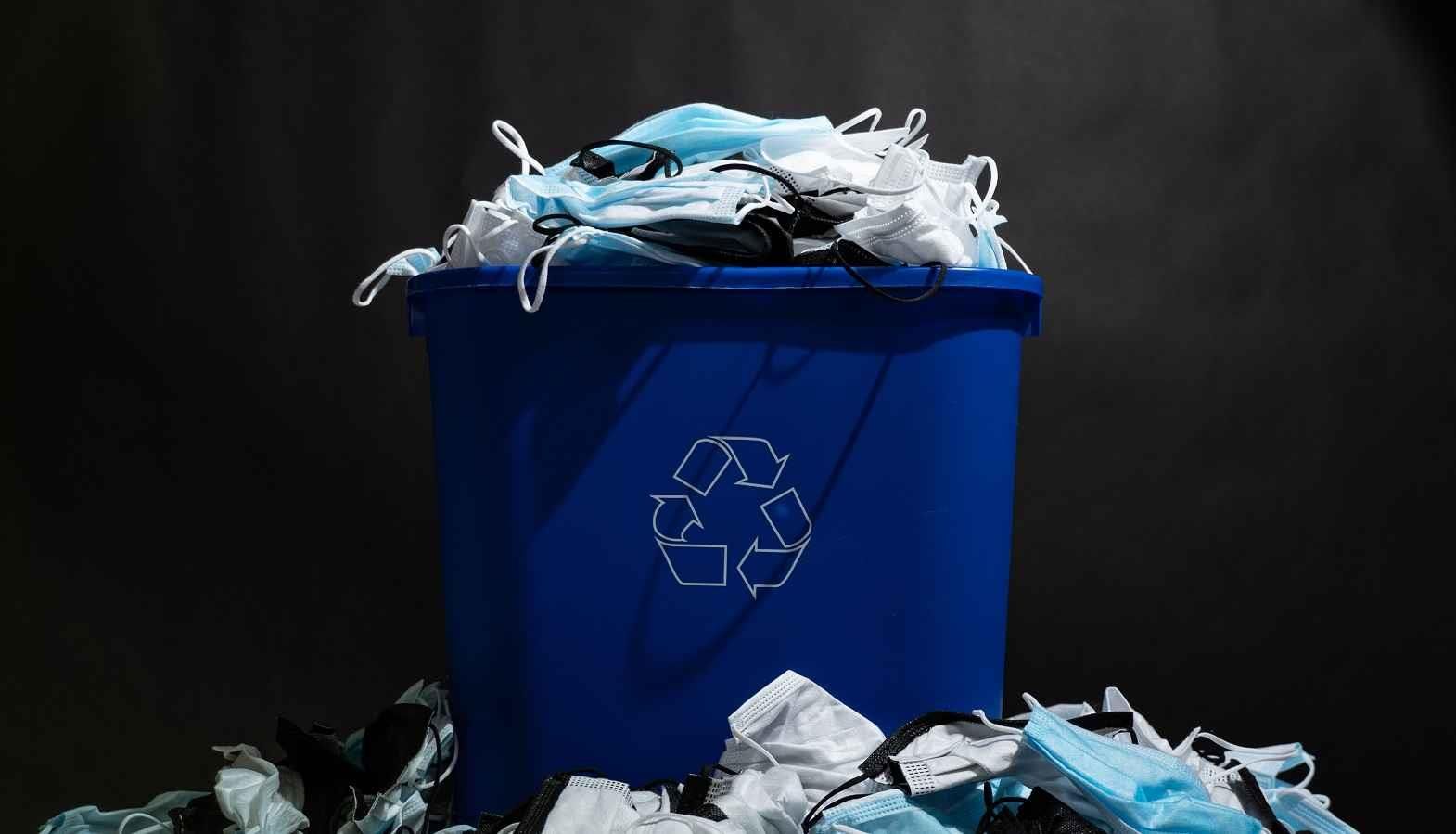Technical textiles are developed to meet specific requirements and performance standards. Their utility-focused application, rather than fashion-driven use, sets them apart from traditional textiles. Technical textiles are commonly employed in industries such as construction, automotive, aerospace, and healthcare. They are often combined with innovative materials like nanoparticles, carbon fibres, metal oxides, and composites due to their unique characteristics and advanced functionality. However, the complexity of these materials presents particular challenges for recycling efforts. Their exceptional properties, including enhanced durability, chemical resistance, and specialised performance features, make them indispensable across many applications.
Nevertheless, there is growing demand for the adoption of sustainable practices that consider the entire lifecycle of textiles, from production to disposal. Both closed-loop and open-loop recycling offer practical solutions, transforming waste materials into valuable resources, thereby reducing landfill usage and minimising the need for virgin materials. As sustainability becomes an increasingly important concern across industries, the recycling and upscaling of technical textiles present both opportunities and challenges.1
Challenges in Recycling Technical Textiles
Technical textiles are often constructed from composite materials with multiple layers, making them difficult to separate and manage. The recycling process can be further complicated by contamination with other substances, such as oils, coatings, and additional materials. Efficient sorting and cleaning procedures are essential to ensure the production of high-quality recycled material. Recovering pure fibres during recycling can be challenging, as items like vehicle seat coverings may combine polyester with polyurethane foam and other coating materials. Furthermore, different components require specialised techniques for effective processing, adding complexity to the process.
This raises concerns about the financial viability of the technical textile recycling industry. The lack of a distinct market demand for recycled products, combined with the high processing costs, may discourage investment in recycling systems.
Current Recycling Technologies
Mechanical Recycling: In mechanical recycling, textiles are shredded into small pieces and reprocessed into new products without altering their chemical composition. After removing non-fibre impurities like buttons and zippers, the textile is cleaned, shredded, and carded to produce new fibres. While this is an economical and energy-efficient method, it often yields fibres of lower quality that may not meet the performance requirements for technical applications.2
Chemical Recycling: Chemical recycling breaks down polymers into their constituent monomers or oligomers through chemical reactions. Although this method requires more energy and advanced technologies than mechanical processes, it recovers high-quality fibres suitable for technical applications. For blended textiles, a solvent-based process is used to dissolve specific fibres, while depolymerisation converts synthetic fibres like polyester into monomers, which can then be repolymerised to create new fibres. Chemical recycling not only produces high-quality recycled materials that closely resemble virgin fibres, but it also processes mixed fibre waste that mechanical recycling cannot handle.3
Thermal Recycling: Thermal recycling involves pyrolysis, a process that breaks down textiles at high temperatures in the absence of oxygen. During pyrolysis, carbon black from rubber-based textiles is recovered, and synthetic fibres are converted into useful byproducts such as oil and gases. This method offers a comprehensive solution for a wide range of textiles, including those that are difficult to recycle using traditional methods. Another thermal process, gasification, involves exposing textiles to high temperatures in an oxygen-limited environment. This produces syngas, a mixture of carbon monoxide and hydrogen, which can be further processed into chemicals or fuels. Gasification is an open-loop recycling process, as it generates energy or chemical feedstocks rather than raw fibres.4
Biochemical Recycling: Biochemical recycling uses biological processes, such as enzymatic hydrolysis, to break down textile materials into their component parts. Enzymes selectively break down some polymers while preserving others, allowing the recovery of materials for further use. Although this method is potentially less energy-intensive than current techniques, it has limited scalability and economic feasibility. Further research is needed to optimise enzyme efficiency and processing techniques.
Upscaling Recycled Technical Textiles
Upscaling enhances the performance and quality of recycled materials to meet industry standards for technical applications. Sophisticated sorting technologies, such as near-infrared spectroscopy, can be employed to ensure the purity of complex materials before recycling. Additionally, strict quality-control measures must be implemented throughout the recycling process to ensure that the recycled product meets specific performance standards for technical applications. To encourage sustainability, blending recycled fibres with virgin materials can improve mechanical properties. Incorporating recycled polyester into new fabrics is an effective way to reduce environmental impact without compromising quality.
Collaboration between manufacturers, recyclers, and research institutions can foster knowledge-sharing, innovation, and upscaling processes. For instance, an e-textile fabric containing conductive materials can be recycled, and its conductive properties can be repurposed into battery components. Additionally, partnerships can lead to more effective recycling systems designed specifically for technical textiles.
Conclusion
In a critical sector of the global economy, the recycling and upscaling of technical textiles present significant potential and challenges for enhancing sustainability. By introducing innovative technologies and collaborative approaches, while addressing inherent difficulties, a more circular economy that minimises waste and maximises resource efficiency can be promoted. As material science and processing techniques advance, the potential for high-quality recycled technical textiles will increase, benefiting both the environment and industry.
- P. Harmsen, M. Scheffer, H. Bos, Textiles for Circular Fashion: The Logic behind Recycling Options, Sustainability 13 (2021) 9714. https://doi.org/10.3390/su13179714.
- D. Damayanti, L.A. Wulandari, A. Bagaskoro, A. Rianjanu, H.-S. Wu, Possibility Routes for Textile Recycling Technology, Polymers 13 (2021) 3834. https://doi.org/10.3390/polym13213834.
- Chemical recycling may offer a solution to textile waste - Specialty Fabrics Review, (n.d.). https://specialtyfabricsreview.com/2023/10/01/chemical-recycling-may-offer-a-solution-to-textile-waste/ (accessed September 23, 2024).
- C. Balcik-Canbolat, B. Ozbey, N. Dizge, B. Keskinler, Pyrolysis of commingled waste textile fibers in a batch reactor: Analysis of the pyrolysis gases and solid product, International Journal of Green Energy 14 (2017) 289–294. https://doi.org/10.1080/15435075.2016.1255634.







